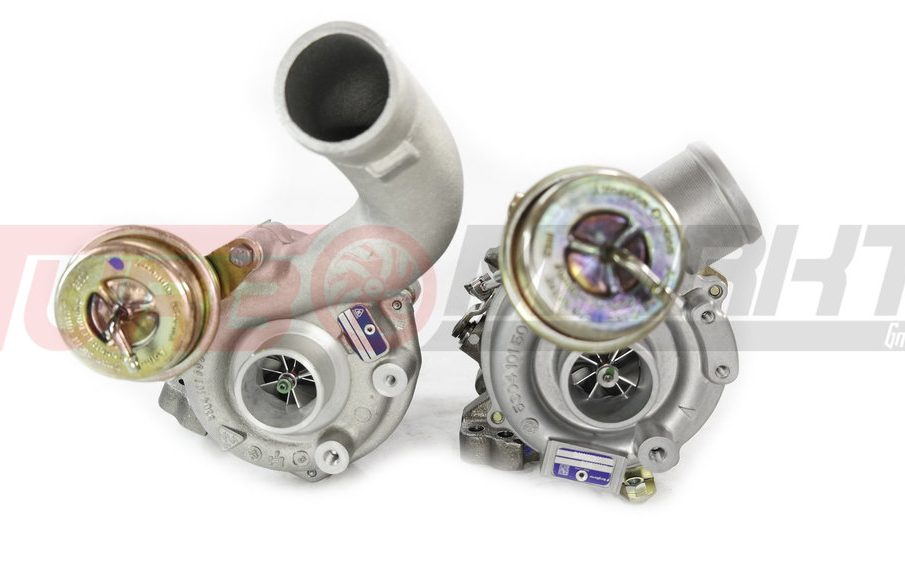The Importance of Turbo Technology in Today’s Automobiles

Introduction
Turbo technology has revolutionized the automotive industry, enhancing engine performance and fuel efficiency while reducing emissions. As environmental concerns mount and fuel prices rise, the relevance of turbocharging in modern vehicles becomes increasingly significant. This article delves into the workings, advantages, and future prospects of turbo technology in cars.
What is Turbocharging?
Turbocharging is a method of forcing more air into the engine’s combustion chamber, allowing it to burn more fuel and produce more power than a naturally aspirated engine of the same size. A turbocharger uses exhaust gases to spin a turbine, which drives a compressor that pushes additional oxygen into the engine.
Benefits of Turbo Technology
1. Increased Power Output: Turbocharged engines produce significantly more horsepower compared to non-turbocharged engines, enabling smaller engines to deliver the power of larger ones.
2. Improved Fuel Efficiency: With turbo engines, automakers can design smaller, more fuel-efficient engines that maintain high performance levels. This not only saves customers money at the pump but also contributes to lowering carbon footprints.
3. Reduced Emissions: By enhancing combustion efficiency, turbochargers help in minimizing harmful emissions, which is crucial in the fight against climate change. Many manufacturers are now leveraging turbo technology to meet stringent environmental regulations.
Recent Developments in Turbo Technology
In 2023, numerous automotive manufacturers have introduced various models equipped with advanced turbocharged engines. Notable examples include the new Ford EcoBoost range and Volkswagen’s TSI engines, which combine high efficiency with robust performance. Innovations such as twin-scroll turbochargers and variable geometry technology further improve responsiveness and efficiency.
Challenges and Future Outlook
While turbo technology presents many benefits, some challenges remain, such as increased engine complexity and maintenance costs. Additionally, at higher pressures, there’s the risk of engine knock and turbo lag. However, ongoing research and advancements in materials and engineering are addressing these concerns.
Looking forward, the integration of electric and hybrid technologies with turbocharging is likely to shape the future of powertrains. This combination can provide not only exhilarating performance but also maintain environmental sustainability.
Conclusion
Turbo technology is a key player in the evolution of modern vehicles, merging power with efficiency in unprecedented ways. As engineering advances continue, turbocharged engines will play a pivotal role in the automotive landscape, catering to consumers’ demands for performance and eco-friendliness. Understanding this technology is essential for consumers and industry stakeholders alike, as it shapes the future of mobility.









